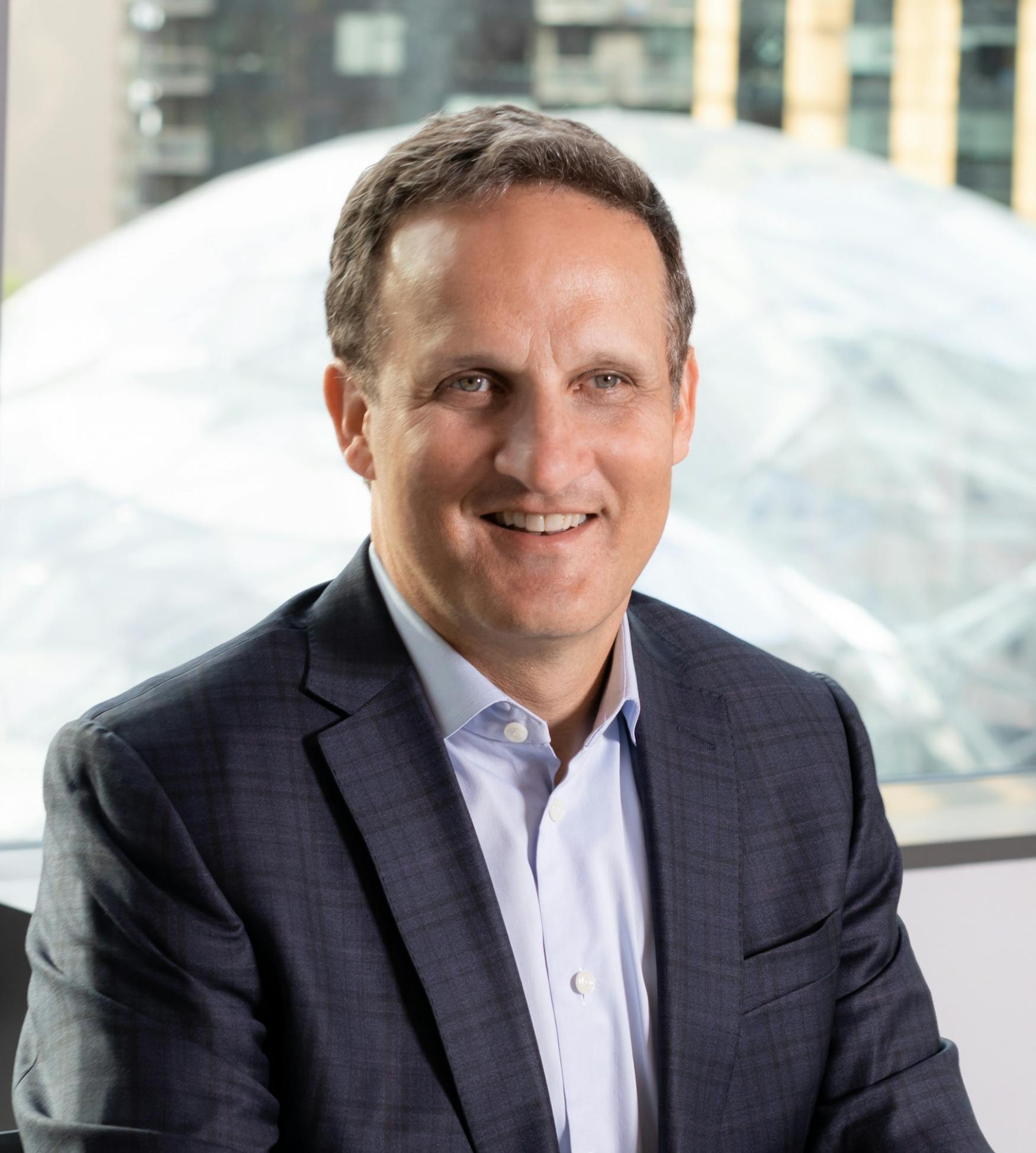Amazon Web Services CEO Adam Selipsky on effective leadership and lifelong learning
The head of Amazon’s main profit-driver describes how being “vocally self-critical” and “highly observant” has helped him grow as a leader.
When Adam Selipsky first took over as chief executive of the Seattle-based Tableau Software, some employees were hesitant to embrace him. For starters, he was succeeding a charismatic cofounder who was deeply popular throughout the company. And then there was the culture question — Selipsky arrived in 2016 after spending 11 years at Amazon, which had a notoriously rigorous environment that some at Tableau feared would infiltrate their more upbeat way of life.
The sentiment didn’t last. Selipsky quickly earned the credibility and trust necessary to implement broad changes at the company. “I just had to be myself and have the confidence to lead in the way that was right for me,” he told me in the fall of 2021. “I never would have done a good job at trying to precisely fill the cofounder’s shoes.” He made it clear to employees that he had a balance of “patience and impatience” and planned to reinforce Tableau’s mission-driven culture while at the same time injecting some “Amazonian” elements such as customer obsession, ownership, and relentless innovation.
Tableau was a $3 billion business that licensed desktop software when Selipsky joined. Within three years, the company had shifted to a cloud-based subscription model and was acquired by Salesforce for $15.7 billion. “Changing your entire business model is really risky, to put it lightly,” Tableau’s product director Francois Ajenstat told The Seattle Times in May 2021, adding that Selipsky’s “customer empathy” and careful listening made people trust him.
“People were so hesitant,” another Tableau employee, Ellen Bryan, told me in 2021. “Adam was an outsider, but he quickly proved that he got it and mobilized these people to move fast in a way that didn’t offend them.” Years after the fact, she still expresses astonishment at the speed of the subscription rollout and the magnitude of Tableau’s transformation under Selipsky’s watch.
Amazon seemed to agree. After Jeff Bezos retired in 2021, Andy Jassy became CEO and tapped Selipsky to lead the $50 billion cloud computing division known as Amazon Web Services. Selipsky is now back in the company he helped build alongside Jassy and experiencing an interesting mix of the “familiar and the unfamiliar.” While many faces and products are the same, there is a lot to learn in the company that grew four-fold during his five year hiatus. “I hope [the learning] continues,” he added. “I’m a big believer in being a lifelong learner, so I think this or any job I’m in would be really boring if I stop learning.”
Later on in our conversation, he elaborated on this philosophy. “One thing I’ve decided over the past few years is that I’m not going to learn very much by hearing myself speak,” he said. There will always be time for his thoughts, but he has made a conscious effort to “keep [his] own mouth closed” and listen to what’s going on around him. “If you start to address, ‘Well, what place is somebody coming from?’ [and] not just ‘What are the words coming out of their mouth?’ then you can really help people understand what we’re trying to achieve together.”
Selipsky described great leaders as being both smart and humble. “Some of the best leaders I’ve been around in my career are incredibly capable … and yet at the same time are very humble about their place in the company, their place with customers, and still feel like they have a lot to learn and need a lot of input from the people around them,” he said. Selipsky also said it is important to be observant of leaders that are both effective and ineffective: “Great leaders are very observant and pick up on these things and then decide how they’re going to behave in reaction to that … I think that process of watching and dissecting and then sort of personally growing is incredibly important.”
When sharing his advice for people early in their careers, Selipsky echoed the recurring theme of personal growth through “vocal self-criticism,” a term found in Amazon’s set of Leadership Principles. “It’s about taking an honest look at yourself and understanding what you are great at and what you are less great at. And then what can you do about it.” He explained that this self-reflection is not easy to do and requires a lot of self-confidence, but if you understand yourself and where you can improve, then you can start to take action. It’s also a lesson that took him many years to take to heart. “Frankly, if I’d understood that early in my career, I probably would have not stubbed my toe a couple of times … if you do it and if you do it early, all the better.”
His closing advice for young people centered around passion — not for the sake of finding your calling in life, but for a much more practical reason. “Any job or endeavor you undertake, there are going to be passionate people doing it,” he said. Simply put, it’s hard to compete against people who are passionate when you’re not. This doesn’t mean everyone needs to find their one destiny in life in order to be successful. Rather, he explained, it’s about finding things you’re capable of being passionate about. “If you’re excited and want to throw yourself into the things that you’re trying to do, you just have a lot higher chance of success.”
Listen to the full episode of Zev Carlyle’s "Voyager Talks" podcast (available on Spotify, iTunes, or @Voyager.Talks on Instagram) to hear Adam Selipsky in his own words. Other guests include Former President of Starbucks U.S. Kris Engskov and Waldo Contacts CEO Ashleigh Hinde.



Please note All comments are eligible for publication in The Justice.